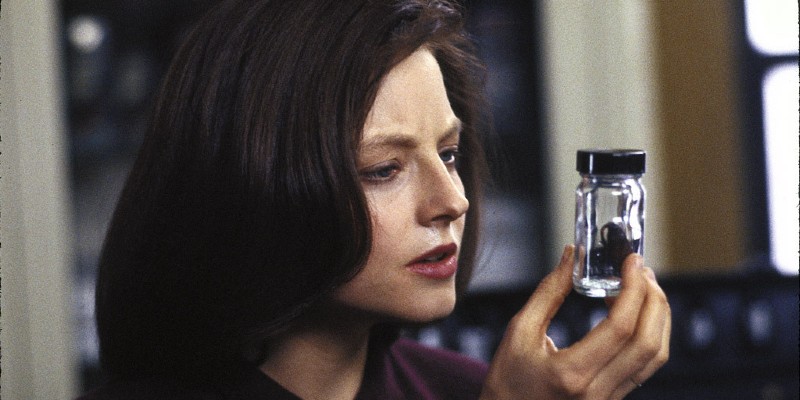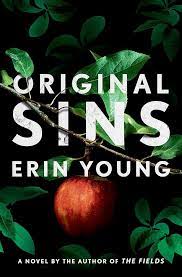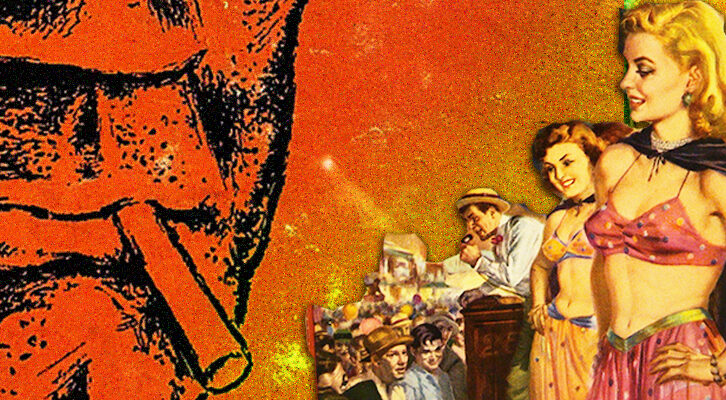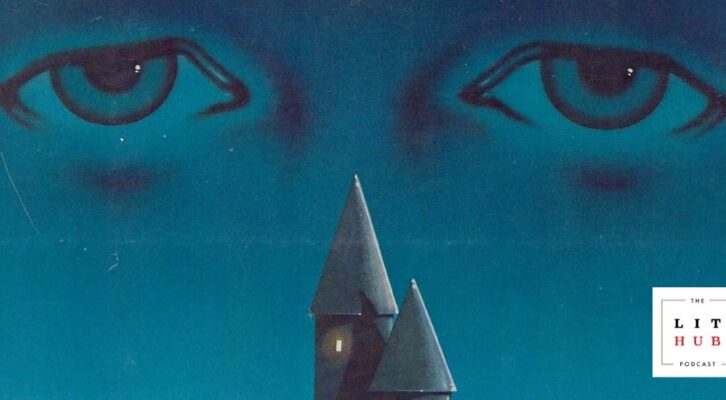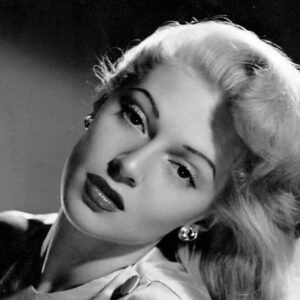I was fifteen when I was introduced to my first serial killer.
It was 1991 and I was sneaking into the cinema to watch The Silence of the Lambs. I was already obsessed with all things FBI, having binged on cult classic, Twin Peaks, but it wasn’t until I was watching Harris’s terrifyingly charismatic Hannibal Lecter do his dance with Agent Starling that I started to understand such ‘monsters’ existed in real life, and there were real people dedicated to hunting them down. That movie sparked in me a curiosity into the dark side of human nature, and I spent my teens gorging on true crime and thrillers.
I was born in the UK in 1975 and grew up with the gruesome headlines and media circus that surrounds (thankfully rare) serial murderers. I have faint memories of Peter Sutcliffe, the “Yorkshire Ripper,” and the responding Reclaim the Night movement, begun by women when police advised them to stay indoors after dark. I recall the fear and shock around the case of Harold Shipman, known as “Dr Death,” who killed his own patients, and the horrifying crimes of Fred and Rose West in their “House of Horrors.”
When I wrote my first contemporary thriller, The Fields, I had to study the FBI’s Behavioral Analysis Unit. A key element of the BAU’s remit is delving into the minds of serial killers, but it wasn’t until I started writing the second in the series that I came to use this research.
Original Sins sees my protagonist, Riley Fisher, move from a sheriff’s office in small-town Iowa to become a rookie special agent in Des Moines. The oldest in her class at Quantico, Riley has to contend with self-doubt as she starts again at the bottom, with no idea who to trust in the murky politics of her new job.
A serial attacker, last active in the nineties, is believed to have returned. Dubbed The Sin Eater, due to the religious nature of his crimes, he is once again hunting women. With the city gripped by fear, the state’s first female governor receives a vicious death threat. Tasked with protecting the governor, while battling a media hungry for headlines, angry families desperate for justice, and her own demons – Riley must determine if the two cases are linked.
I’ve read serial killer books, both novels and non-fiction, that revel in the horror – where victims are reduced to blank canvases on which the murderer gets to write their bloody story. But I’m more interested in diving deeper, to find the human experience behind these crimes – the things that turn people into killers, the experience of victims, and society’s reaction to the murders. Here are six books I feel elevate the subject and offer more than just a ‘serial killer thriller:’
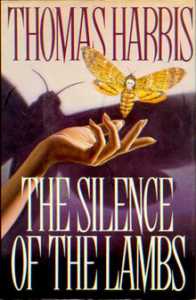
THE SILENCE OF THE LAMBS, Thomas Harris
Harris’s central hook remains incredibly effective – that it takes a serial killer to catch one.
It explores rookie agent, Clarice Starling’s past and her driving ambition, that first pits her against then draws her into an increasingly complex and symbiotic relationship with the warped but brilliant Hannibal Lecter. There’s an element of complicity in the story. Lecter is an alluring character. We like him. We find ourselves rooting for him.
Harris spent time at Quantico to fully understand the psychology of what he was writing about, and his research shows. That we see the female victims and the horrors written on their bodies through the eyes of Starling, affords us a deeper experience. For me, the novel remains a classic of the genre.

PERFUME, Patrick Süskind
Set in 18th century France, the story follows orphan Jean-Baptiste Grenouille, born with an extraordinary sense of smell. This lends itself to his chosen profession as a perfumer, but leads him into darkness when he becomes obsessed with a young woman’s scent and sets out to capture it.
I read this in my teens and still remember Süskind’s use of the senses to evoke a time and place, but also to enrich our understanding of the killer, the environment in which he is created, and the victims he preys upon.
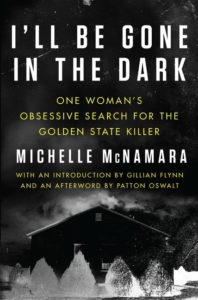
I’LL BE GONE IN THE DARK, Michelle McNamara
This is the haunting, harrowing account of one woman’s search for the notorious Golden State Killer. I read it in one sitting. McNamara’s dedication to seeking the truth, and justice for the victims, is a deeply human story, revealing as much about her, and the society she grew up in, as the case itself.
It’s made even more powerful and poignant by the fact McNamara died before the book was finished (it was completed by others close to her), just two years before the killer, a former police officer, was finally captured, after decades at large.

THESE WOMEN, Ivy Pochoda
A gritty, ambitious novel – bleak, but electrifying, following the intersecting stories of women who live on the margins in the seedier side of Los Angeles. The plot revolves around a spate of murders of young women in the area, most of whom are sex workers, and how they are dismissed and overlooked.
The setting is grimly, but compellingly realised. I love how Pochoda’s LA is itself a character. It’s an interesting look at how victims and killer can each exist in plain sight and be – for very different reasons – ignored by those around them.

NOTES ON AN EXECUTION, Danya Kukafka
This was one of my favorite novels of recent years. It opens with a serial killer on death row, then spirals out to explore the stories of the women whose lives he touched and altered.
Technically, it shouldn’t really work as it dips and dives in and out of different lives, spanning years and generations, but somehow the scattered nature of the storytelling adds both urgency and depth. The writing is stunning, at times beautifully lyrical, at times simply devastating.

THE FIVE, Hallie Rubenhold
Rubenhold takes a grim tale we think we know – that of Jack the Ripper – and inverts it, so the story becomes about his female victims and the lives they led in late nineteenth-century London. Instead of the all-too-common focus on the shadowy Ripper and his grisly crimes, it’s the women – through Rubenhold’s deft and thoughtful skill as a historian – who come blazing into full color, as we explore their lives, loves, hopes and misfortunes, and the tragic circumstances and societal constraints that led each of them into a place where they were vulnerable to danger.
A timely and necessary read that makes us question our obsession with killers over victims.
***

